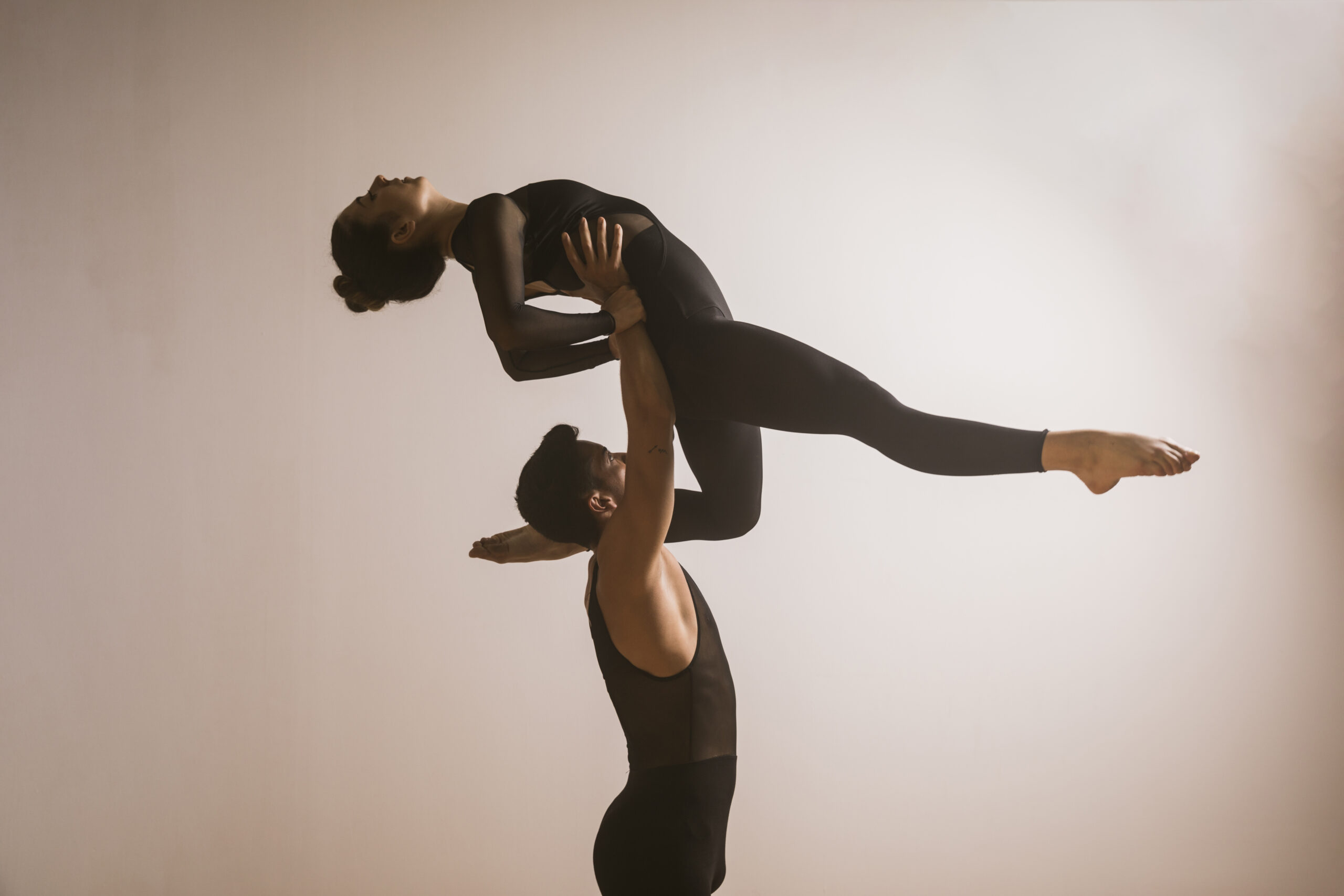
Modern dance is more than just movement; it’s a form of visual storytelling that uses the body as its language. Unlike ballet or classical forms, it breaks free from rigid rules and allows dancers to express raw emotions, individuality, and creativity. This art form connects the heart and body in ways that words often cannot.
For those new to dance, it offers a welcoming space to explore freedom and emotion through movement. Understanding modern dance means embracing authenticity and learning to communicate through rhythm, flow, and feeling. This beginner’s guide will take you through its essence, from its origins to how you can start moving in your own way.
What Is Modern Dance?
Modern dance emerged as a revolution against traditional forms focused on precision and restraint. It permitted dancers to move naturally, freely, and emotionally. The pioneers of this art form believed that movement should come from within, driven by human experience rather than fixed patterns or poses.
At its core, it celebrates the beauty of imperfection. Dancers often use the floor as a partner, exploring gravity, space, and breath. Each performance becomes a personal expression, where the body tells stories shaped by emotion, rhythm, and imagination. It is not about imitation but about truth and individuality.
A Brief History of Modern Dance
The story of modern dance begins in the early 20th century with artists who dared to defy convention. Isadora Duncan, the mother of contemporary dance, broke from ballet’s structure and performed barefoot to express freedom and emotion. Her movement inspired others to see dance as entertainment and an extension of the soul.
In the following decades, figures like Martha Graham and Merce Cunningham reshaped the art form. Graham introduced powerful, dramatic storytelling through movement, while Cunningham embraced abstract motion and spontaneity. Their innovations opened doors for future generations, turning it into a constantly evolving language of creativity.
The Key Principles of Modern Dance
Modern dance rests on a few key ideas that make it distinct and deeply expressive. The first is freedom of movement, which encourages dancers to move instinctively, guided by emotion rather than choreography. This freedom allows for authenticity, letting each dancer bring their unique voice to the stage.
Another principle is the connection between body and feeling. Modern dance values the use of gravity, breath, and natural rhythm to convey emotion. Dancers learn to embrace falling, rising, and flowing rather than resisting them. This connection becomes a dialogue between the mind, body, and soul.
Popular Modern Dance Techniques
Several influential techniques shape modern dance today. Martha Graham’s Graham technique focuses on contraction and release, symbolizing emotional tension and release. It explores strength and vulnerability, making it both intense and expressive. The Horton technique emphasizes lines, balance, and strength, giving dancers control and clarity in motion.
The Limon and Cunningham techniques add variety and depth. Limon’s approach focuses on breath and the natural flow of energy, creating movements that feel alive and fluid. On the other hand, Cunningham’s style embraces chance and unpredictability, encouraging dancers to explore new rhythms and patterns. Together, these techniques form the foundation of modern dance training.
How to Start Learning Modern Dance
Starting your journey doesn’t require experience or perfection—it requires curiosity and openness. Finding a local class or workshop can introduce you to basic movements and help you connect with others who share your passion. Wearing comfortable clothes and moving your body freely will make your experience more enjoyable and natural.
As you begin, focus on how movement feels rather than how it looks. Watch performances by modern dancers and notice how each interprets music differently. Keep a journal to reflect on your progress and emotions after each session. With time, you’ll discover that it is not about mastering technique but finding your unique rhythm and emotional voice.
The Emotional Power of Modern Dance
It can remarkably express emotions that words often fail to capture. Through movement, dancers can convey love, pain, hope, and joy. Each gesture, leap, or pause carries meaning, connecting audiences with the performer’s inner world.
This emotional honesty makes it deeply therapeutic. Dancers often describe it as a way to heal and release tension. It allows them to process feelings through physical expression. For audiences, watching a modern dance performance can feel equally transformative, as it speaks directly to the human spirit.
Modern Dance in Today’s World
In today’s creative landscape, modern dance continues to evolve and inspire. It appears in theaters, schools, music videos, and even on social media, reaching broader audiences than ever before. Dancers now blend modern techniques with hip-hop, jazz, and contemporary art, creating new and innovative styles.
It also reflects the world’s changing emotions and issues. Choreographers use it to comment on identity, mental health, and social justice topics. Digital platforms’ accessibility allows artists from all backgrounds to share their interpretations, ensuring it remains a universal and ever-growing art form.
Move Freely, Feel Deeply
Modern dance invites you to explore who you are through motion and emotion. It teaches that movement is not about perfection but about truth. As you begin your journey, remember that every step, breath, and fall uniquely tells your story.
When you dance, you connect to something greater than rhythm—life. Let your body speak, your emotions flow, and your creativity soar. In every movement, you’ll discover the rhythm within, waiting to be expressed.
Why Modern Dance Matters
Modern dance has value far beyond the stage. It teaches self-awareness, creativity, and emotional intelligence. Through movement, dancers gain confidence and learn to communicate without words, encouraging personal growth and connection with others.
It also benefits the body and mind. The practice strengthens muscles, improves flexibility, and reduces stress. More importantly, it invites participants to express themselves freely and without judgment. Modern dance offers a liberating reminder that freedom and authenticity can be found within movement in a world filled with structure and routine.